latest
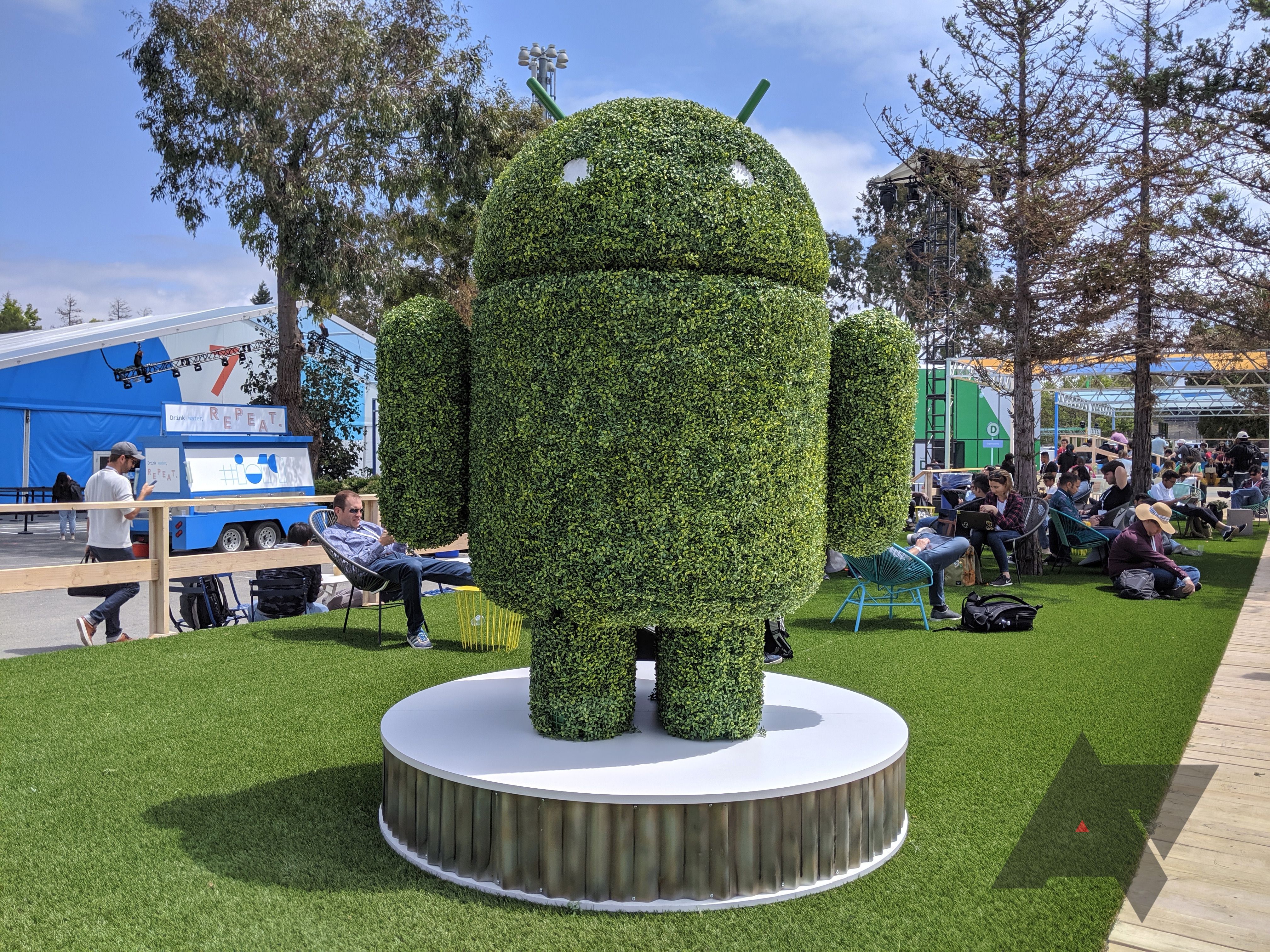
Read update
These days, some of the most important new smartphone features and performance gains to be found have to do with AI-powered workloads. So it wasn't any surprise when Google and Qualcomm announced last year that they were planning to make the Neural Networks APIs that power those features on Android updateable via Google Play Services — one small part of Android's growing update modularity. At first, we thought those plans might have been abandoned when Google pushed through a series of commits to AOSP reverting changes tied to the feature, but the company now confirms the plans for a Play Store updatable API are still on.
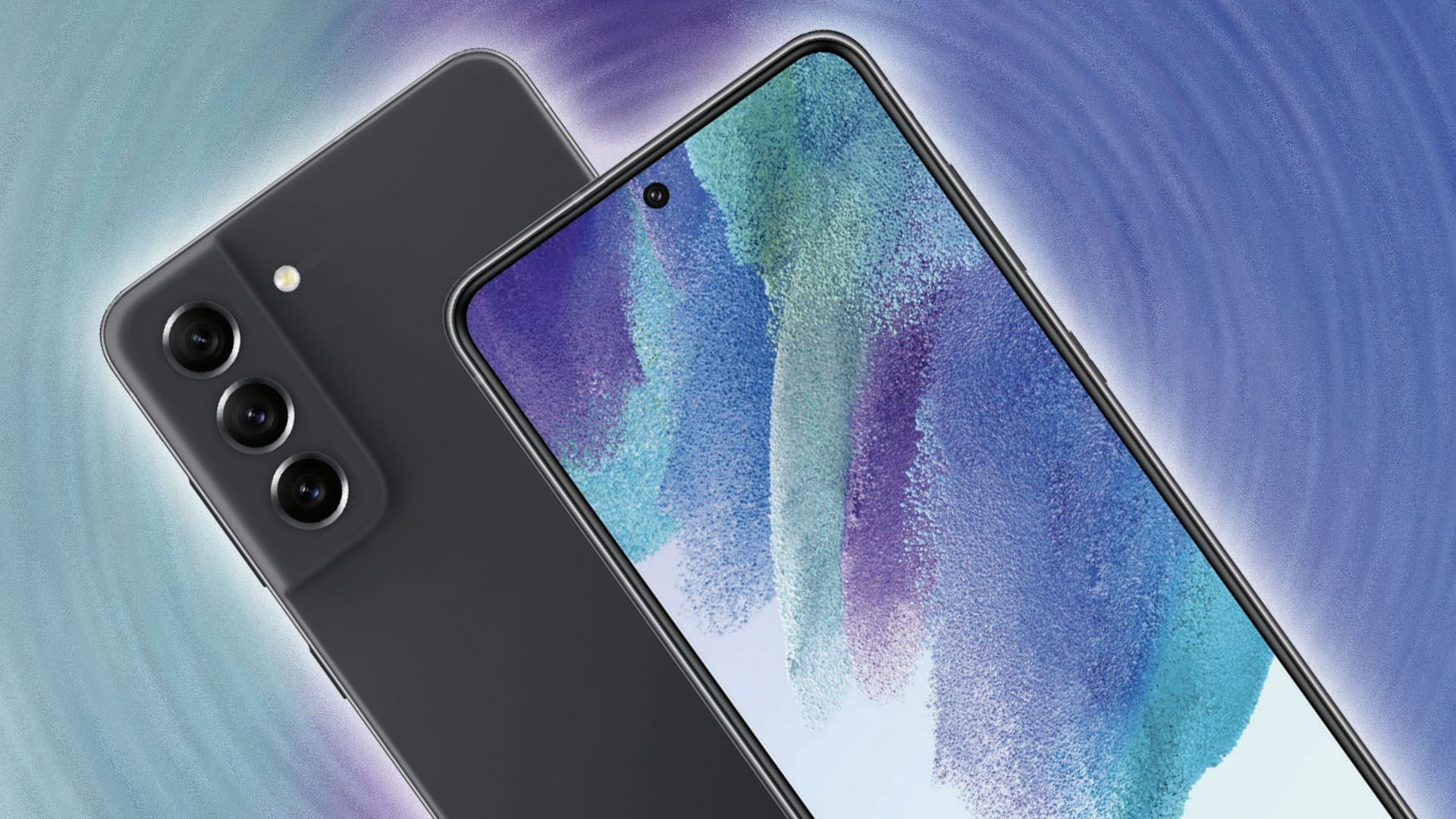
As the launch of the Samsung Galaxy S21 FE nears, so do the leaks surrounding it. Google has now further hinted at the impending release of the Galaxy S21 Fan Edition by adding it to the list of devices that support Play Services for AR.
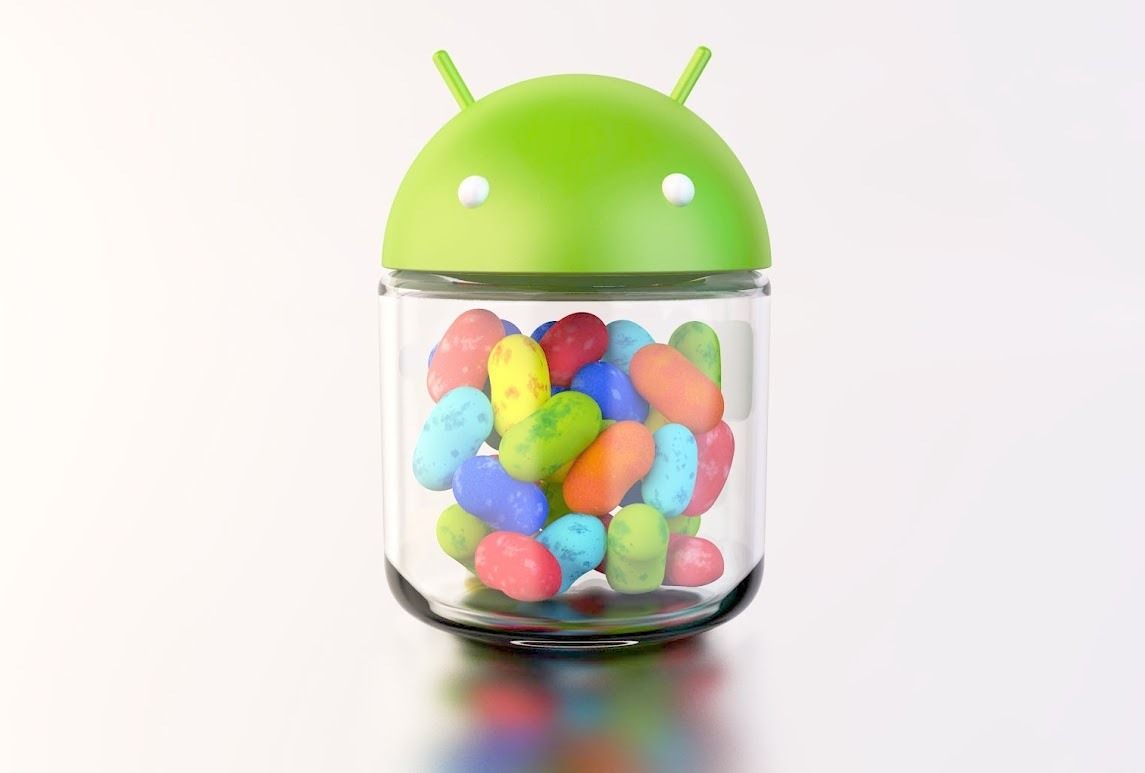
It's a miracle your Jelly Bean phone still works, but Google's gonna change that
The end of Play Services updates is the last nail in the coffin for Android 4.1-4.3
If you're still using an Android phone from the first half of the last decade, it might be time to upgrade. If not for all the many already-obvious reasons, then for one more today: Google has just discontinued Play Services updates for all phones running Android 4.1-4.3 Jelly Bean after August 2021. As part of the news, Google has also revealed that Jelly Bean phones now account for less than 1% of active devices as of July 2021.
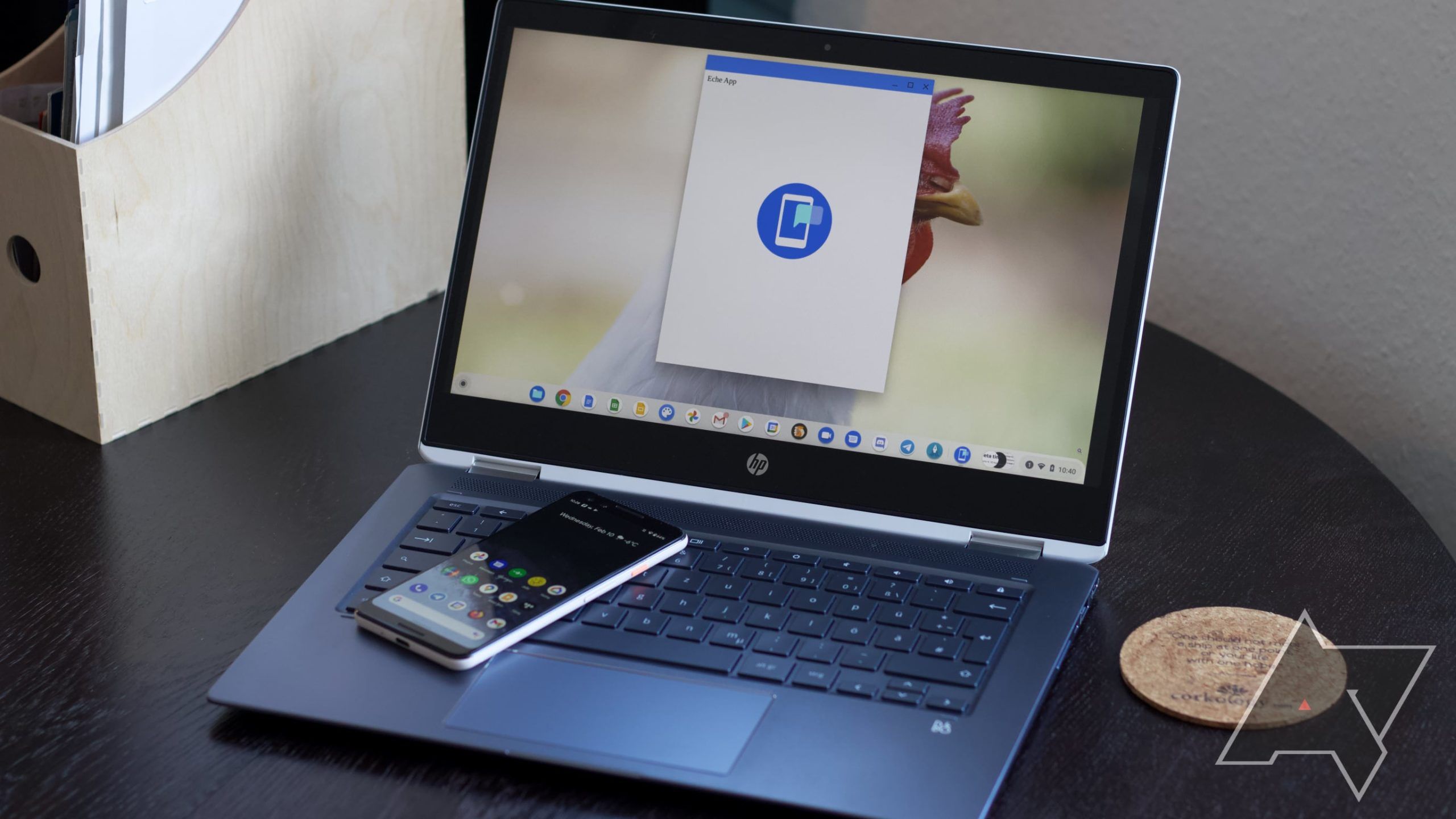
Read update
Google recently rolled out Phone Hub to Chrome OS, a software bridge connecting phones with Chromebooks, making it easier to access recent tabs, notifications, and your phone's hotspot. But it looks like that's just the beginning. We've been tracking a new software codenamed "Eche SWA," and thanks to additional evidence scooped by 9to5Google and XDA, we suspect that you might soon be able to view your phone's screen right on your Chromebook — though the feature might be limited to Pixel phones in the beginning.
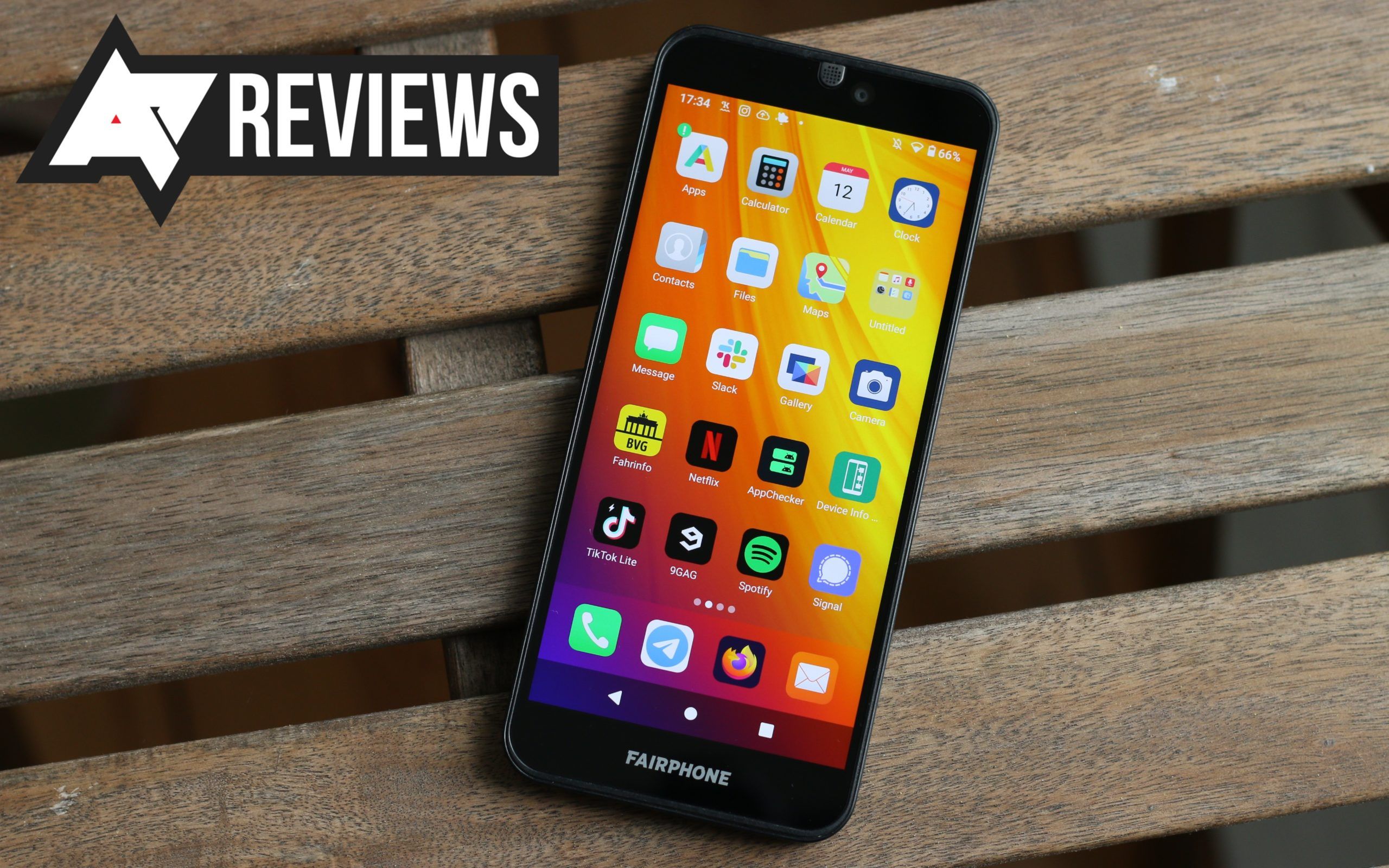
Can you make a de-Googled phone feel like a Pixel? This custom ROM wants to
/e/OS is a promising start to a Google-less smartphone software experience
Google will have gathered a bucketload of your private data, especially if you use Android. What's worse, if you ever do something the company doesn't approve of, you might get locked out of your account and lose access to years of emails and photos in the process. If you want to mitigate these risks and stay more private online without leaving Android behind, you might want to turn to an emerging custom ROM that de-Google-ifies your phone: /e/OS.
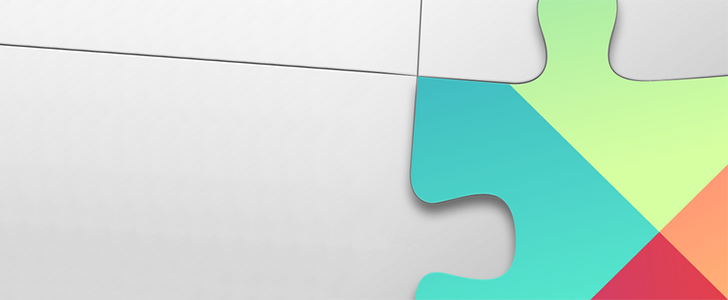
How to reliably sideload the latest Google apps on Android 11
Try this if you get the dreaded verification failure error
Read update
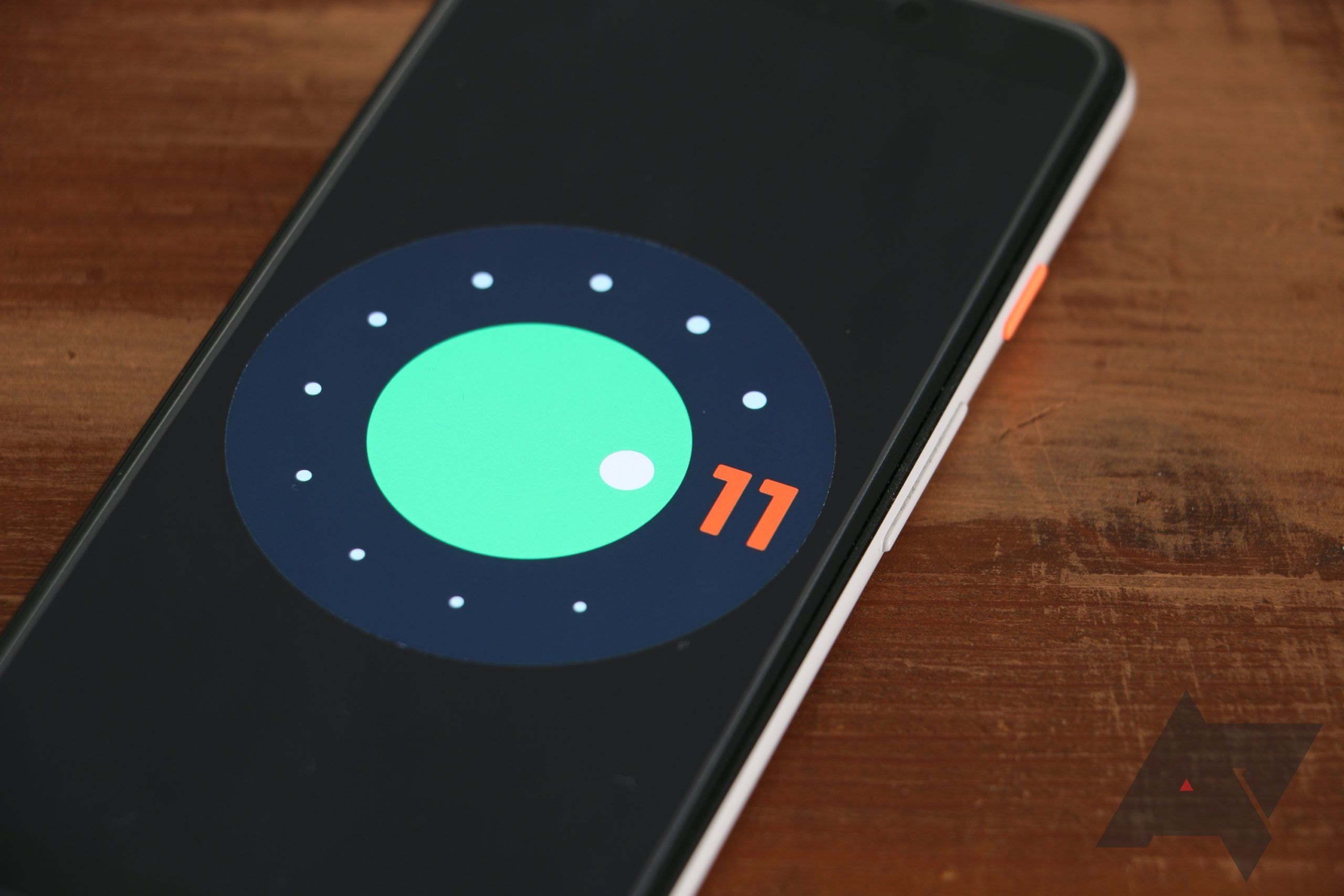
Here's why some Google app updates can’t be sideloaded on Android 11
Looks like it's an intentional change after all
When the Pixel 5 and 4a 5G were released, Google also updated a few of its first-party apps — the Camera and the Recorder, to be specific. But when people with older Pixel phones tried to sideload these to their phones, some ran into an odd INSTALL_FAILED_VERIFICATION_FAILURE error message even though the cryptographic signature matched and there should've been nothing standing in the way. We quickly found a workaround, but we never really understood why the error was popping up in the first place. Thanks to an investigation by our friends over at XDA, we now have an idea of what causes the problem.
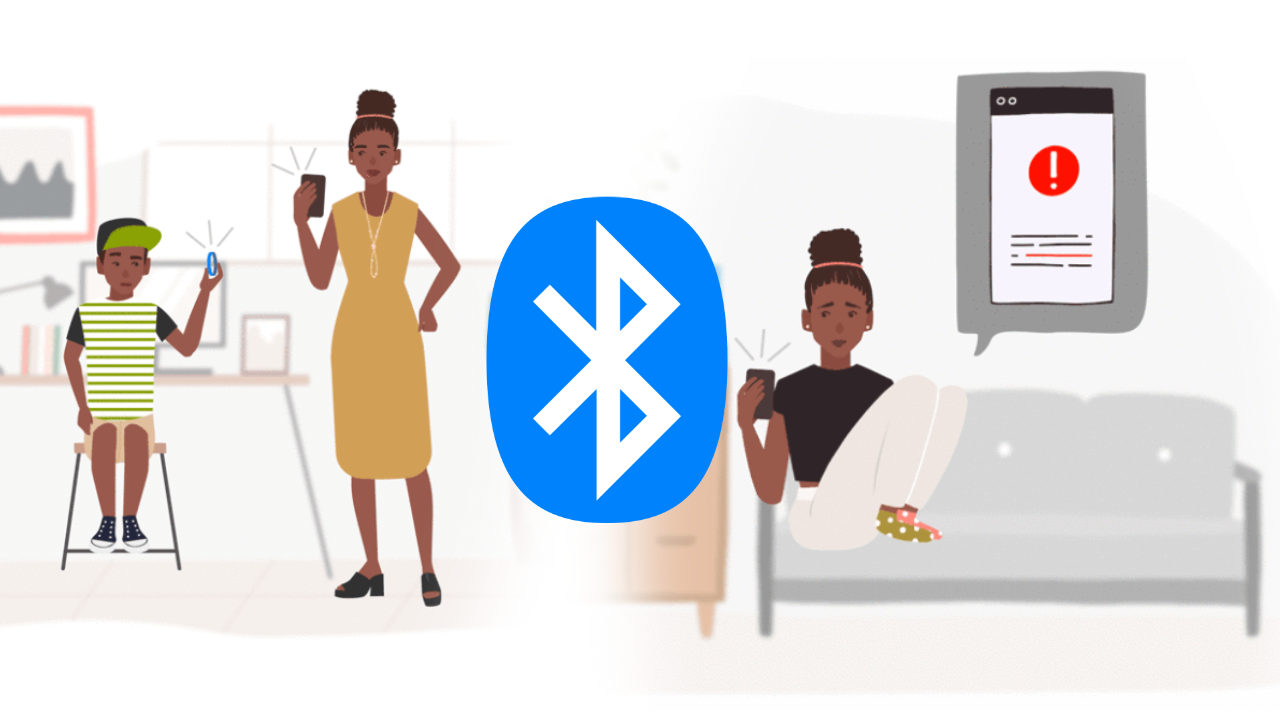
Google is working on bringing COVID-19 contact tracing to smartwatches
For those who don't always have smartphones on them
Wear OS may feel dead in the water and might only be receiving a minimum of feature additions, but it remains a widely used platform nonetheless. And it looks like the company isn't completely done with wearables. Following the Bluetooth SIG decision to expand the standard's specifications to enable contact tracing on Bluetooth Low Energy devices like wearables, Google already appears to be working on adding COVID-19 exposure tracing to its platform.

Googlefier is the simplest route to Google apps on Huawei and Honor phones
Because let's be real, Android phones without Google apps are severely limited
Huawei just announced the Mate 40, but like any other recent phone from the company, it's crippled by the lack of Google apps. It's possible to install these applications and the corresponding services on Huawei and Honor phones, but until now, the process was tedious and involved dozens of steps. The aptly called app Googlefier is looking to change that — it doesn't offer a one-step solution, but it makes the process much more approachable with limited automation and step-by-step guidance.
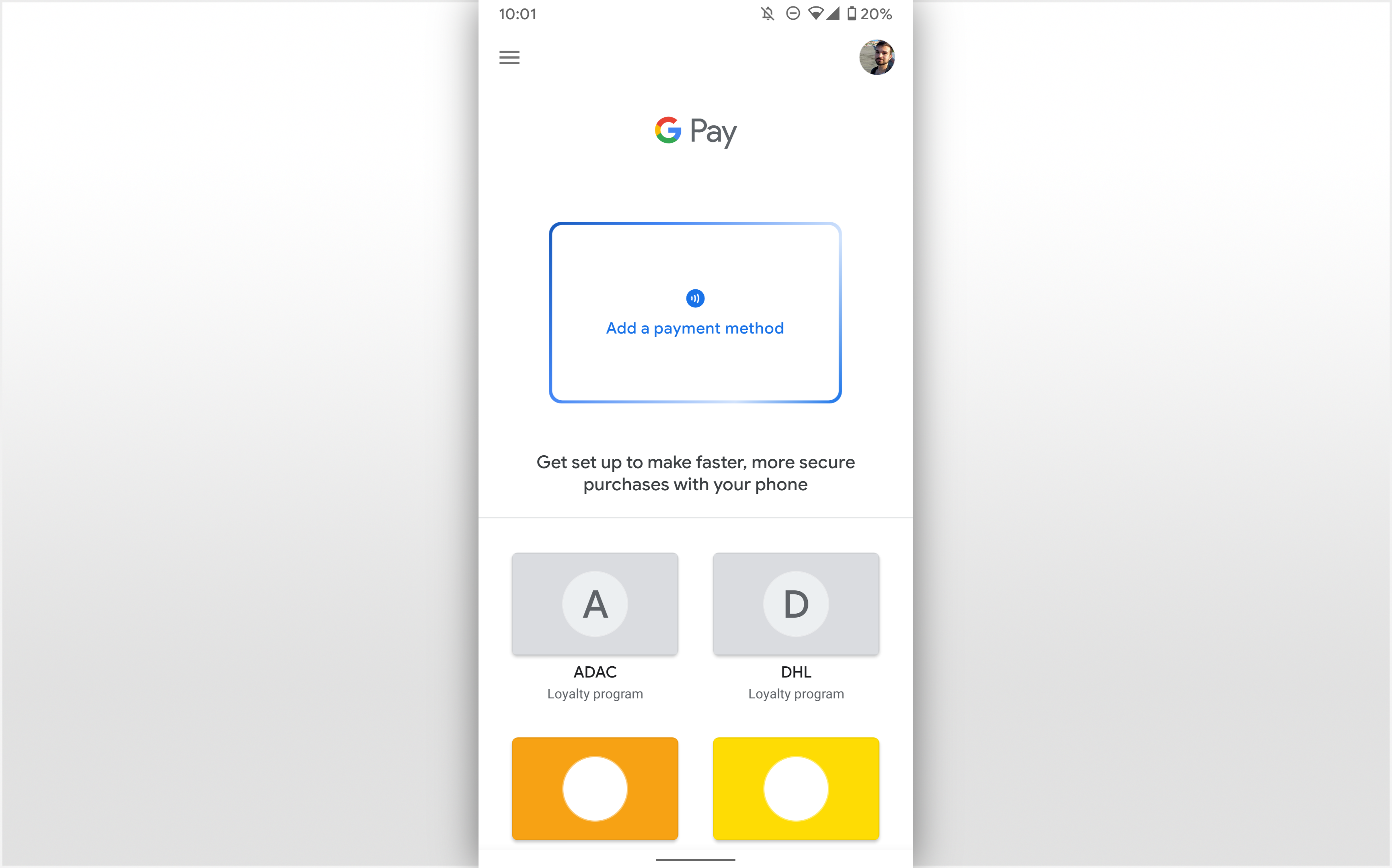
Google Pay's redesigned UI with no bottom tab is rolling out widely
It’s the same design that’s available through the power menu wallet on Pixel phones
A while ago, we covered a hidden new look for Google Pay, accessible through the overflow menu in the power button wallet on Pixel phones. It looks like Google is now making that look the new standard interface for Pay, and it's currently rolling out to many people. The new design likely triggered by a server-side update to the Play Services.
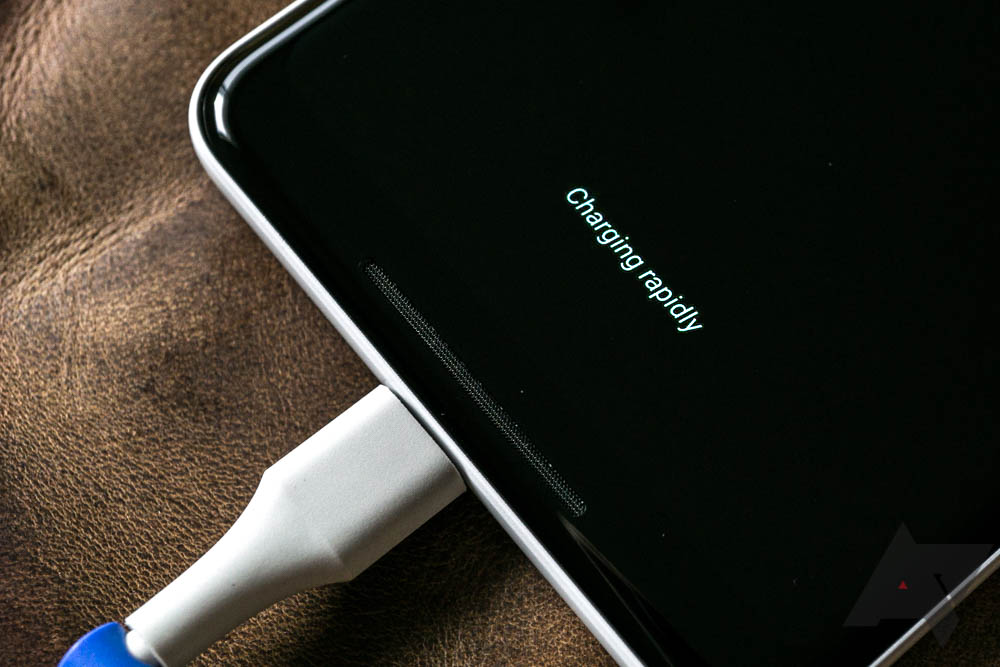
Over the weekend, we spotted some reports that Play Services was eating more than its fair share of folks' batteries. I know, there's a continuous low-level static of Play Services-related battery complaints out there, but the volume and severity of reports picked up substantially, and a COVID-19 contact tracing app is allegedly the cause of the problem. Most of those affected appear to be in Ireland, and the Ireland Health Services Executive (HSE) claims a fix is rolling out now, with 70% of Irish Android devices already updated, and full rollout expected in the next few days.
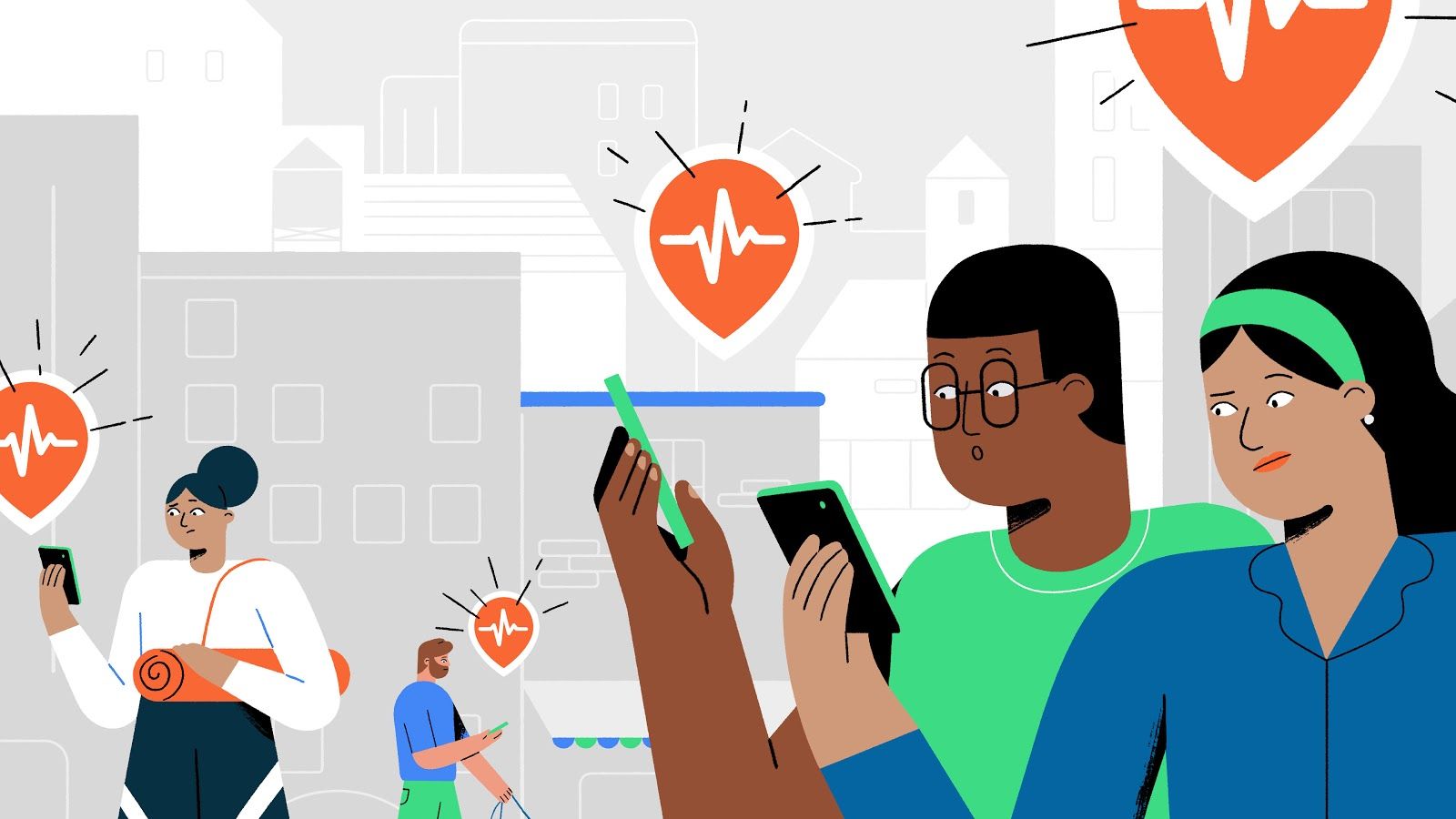
Android phones will soon be able to detect earthquakes thanks to the power of crowdsourcing
Californian Android users are first in line for earthquake alerts
When it comes to earthquakes, early warnings are key and can potentially save lives. Google recognizes that, and has announced that it's working on earthquake alerts sent right to all Android phones in affected areas, starting in California. For other regions, the company is testing and launching a crowdsource-based approach, relying on the accelerometers found in almost any Android phone in the world.
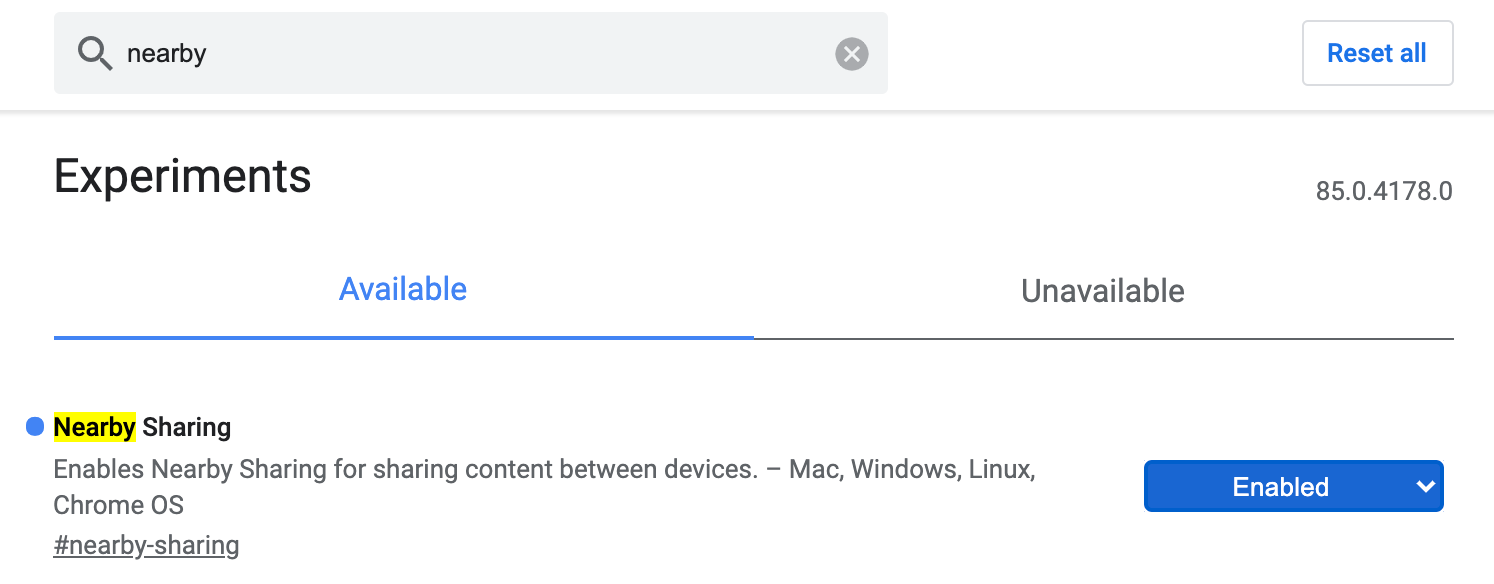
Nearby Share spotted working on Chrome OS
Giving you a native file-sharing solution for desktops and Android phones
Read update
For years, Apple has allowed you to share files seamlessly with friends and across your iOS and macOS devices via AirDrop. While Android used to support something similar with the NFC-based Android Beam, the feature never really saw wide adoption and was removed with the launch of Android 10 last year. But Google has been working on a much more powerful replacement that's more in line with AirDrop: Nearby Share, which only recently showed up in an Android 11 developer video. While we initially thought it would only allow you to exchange files and links with closeby friends, evidence is mounting that sharing with Google Chrome might also be an option.
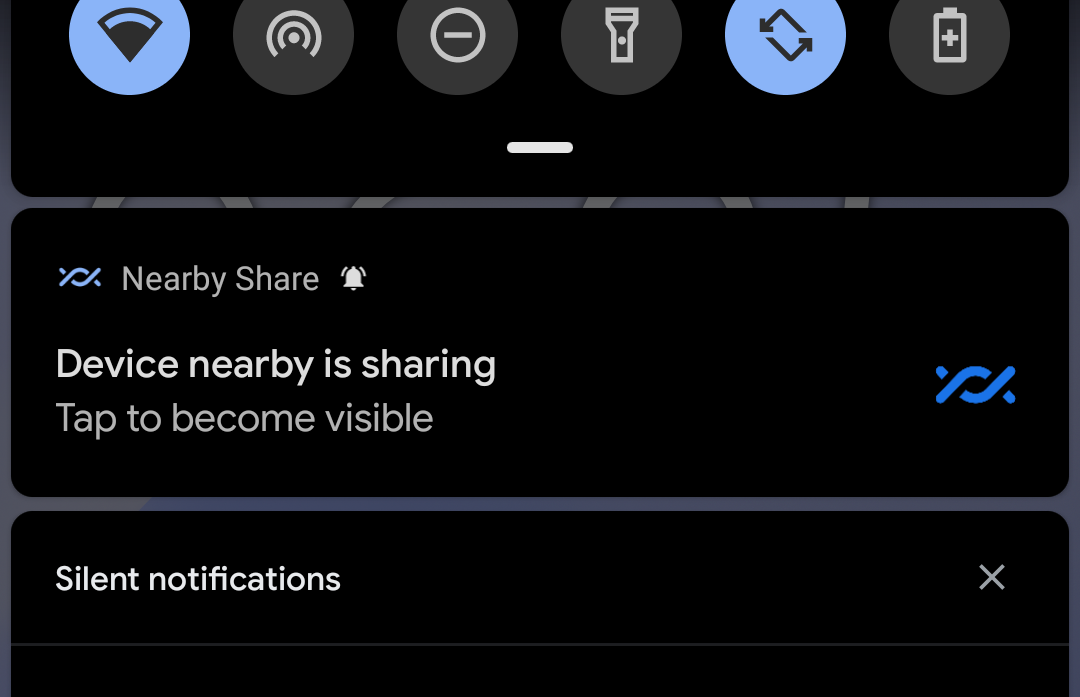
Read update
Android's long-awaited Nearby Sharing may be just about ready. The feature, which allows you to share files between Android devices quickly, easily, and wirelessly, has been compared to Apple's AirDrop, and Google has confirmed to us that a beta test for Nearby Sharing is actively rolling out via the Play Services beta. We've also managed to snag a quick hands-on to show you how it works.
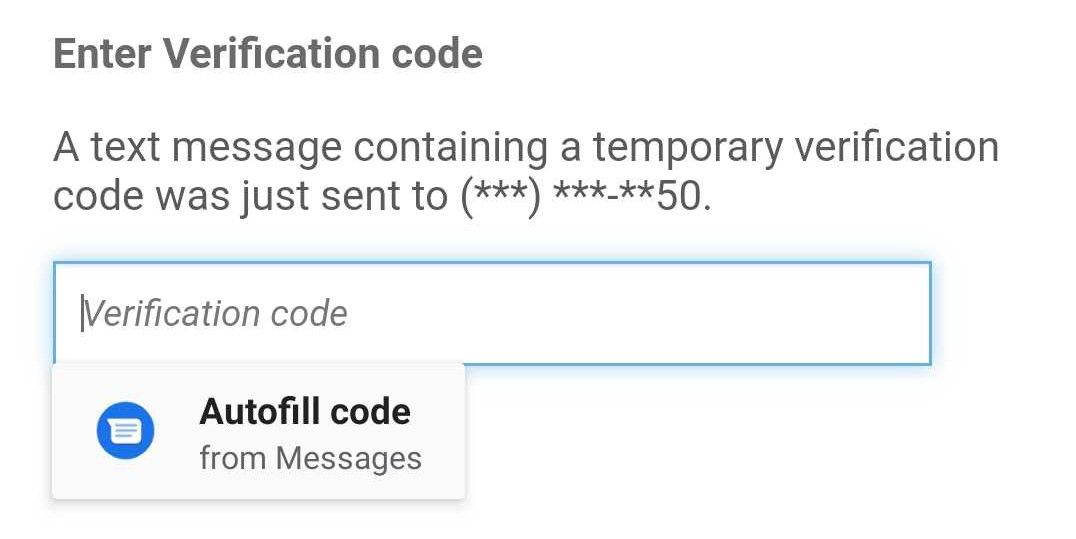
Last year, a new "verification code autofill" setting appeared as part of a Play Services update that promised to plug the SMS-based 2FA gap for apps that use Android's snazzy SMS Retriever API for verification codes. In short, it would be another way to autofill SMS 2FA codes that might be able to work with any app, regardless of developer support. And based on user reports, the feature may be rolling out.
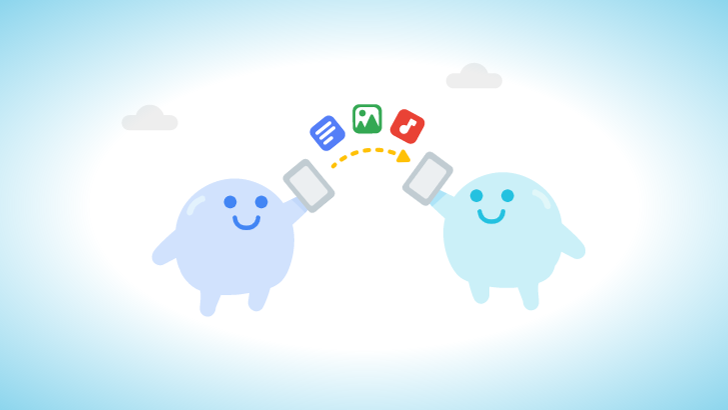
Android used to let you quickly share links and files between devices thanks to Android Beam, but the NFC-handshake-based technology has never seen wide adoption, so Google sunset it with the launch of Android 10. Instead, the company is working on a new, more powerful solution called "Fast Share" or "Nearby Sharing" as part of the Google Play Services. Android app developer Kieron Quinn managed to activate the feature, and it looks unapologetically similar to Apple AirDrop.

Read update
If you're already missing Android Beam and the way it allowed you to share links or files from your device to another easily, there's some good news and bad news all rolled up into one item: Google is planning on rolling out a new "Fast Share" protocol through a Play services updates that will allow Android devices to share assets to other devices, primarily using Bluetooth and Wi-Fi Direct connections.
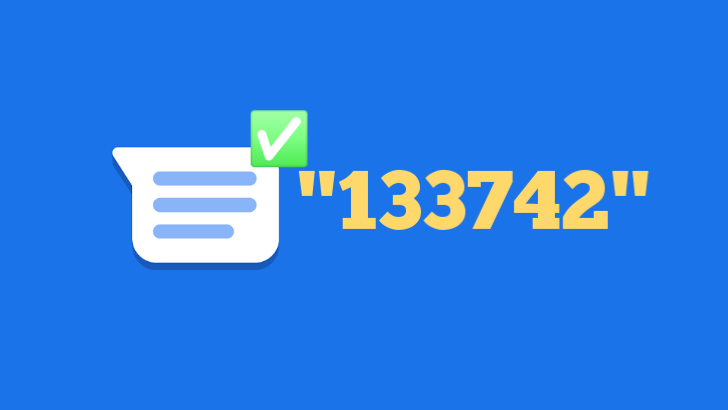
Certain apps are able to automatically input SMS verification codes through Google's SMS Retriever API. If the app doesn't utilize the API, Android Messages is able to detect those codes and let users copy them right from the SMS notification. Now, it appears that Google is about to close the gap by having its own Autofill service pull SMS verification codes all by itself with the latest Google Play services update.
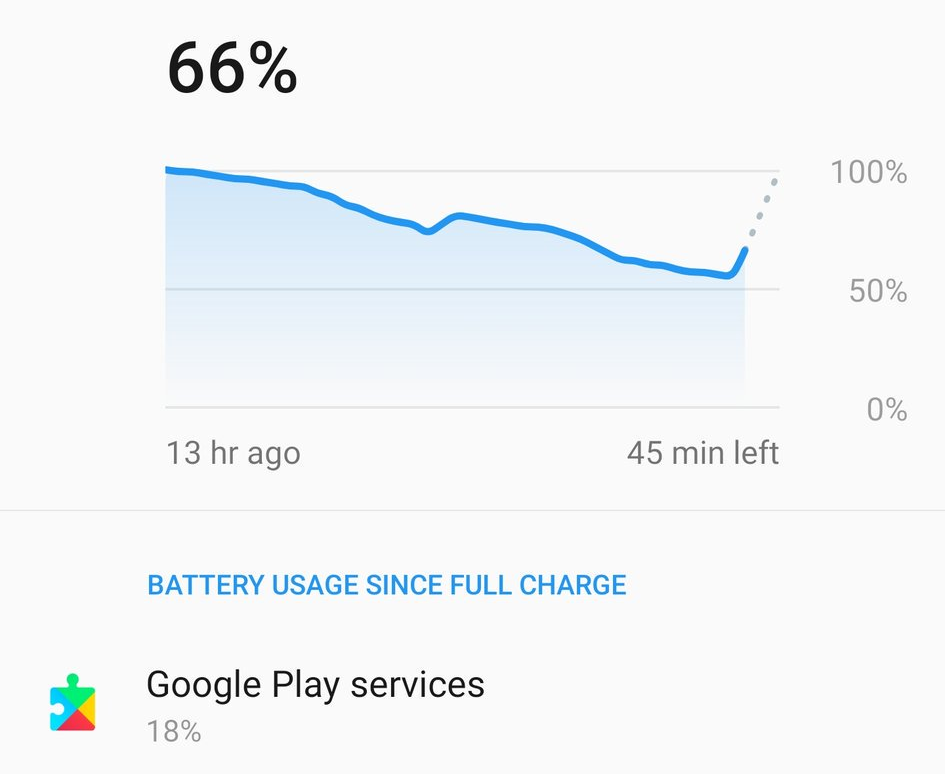
Google Play Services is both a blessing and a curse. Over the years, the software has become the essential motor driving Android devices, with a lot of former system APIs being transferred to the all-encompassing software. Push notifications, background operations, fast GPS functionality, and more are bundled within the application. Unfortunately, this means that any bugs with Play Services will affect almost all devices running a Google-sanctioned version of Android. Such a bug has surfaced with the latest update to version number 18.3.82, which churns through standby battery regardless of which phone you're using.
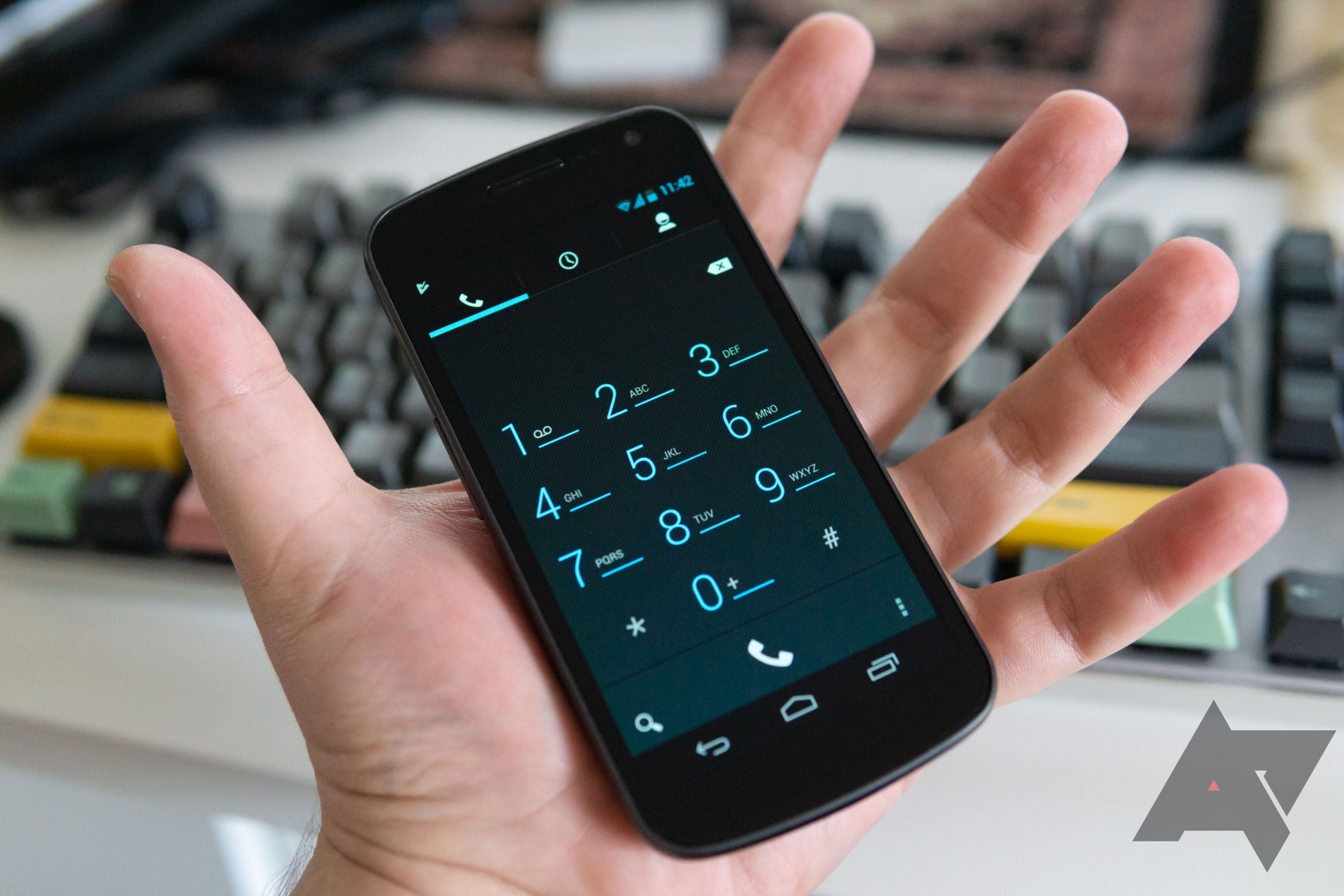
Android 4.0, nicknamed 'Ice Cream Sandwich,' was an exciting release. It brought all the improvements in Honeycomb back to smartphones, and for the first time ever, Android had a somewhat-cohesive visual style. However, those days have long since passed, with 4.0-4.0.4 now representing less than 0.5% of the overall Android install base.




